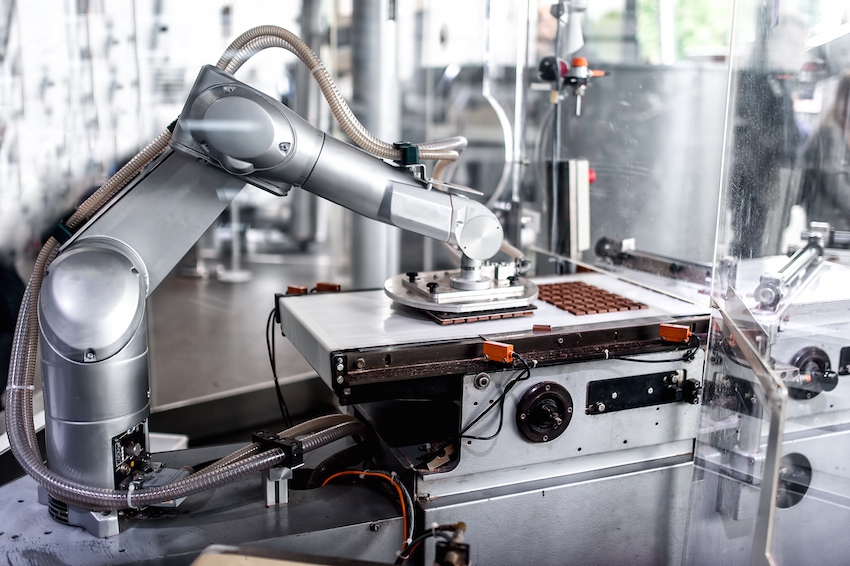
Inspecting robot systems: Seven ways to boost JHSC performance
February 24, 2017
By WSPS

Feb. 24, 2017 – The day may come when industrial robots can inspect their cells for hazards that could hurt their human co-workers, but for now it’s still the responsibility of joint heath and safety committees (JHSCs).
Daunted by the prospect of inspecting a robot cell? “Don’t be,” says WSPS safeguarding consultant Robert Vomiero. “It’s like anything else. Just break down the task into simple things to look for.” Vomiero offers seven ways your committee can improve its understanding and abilities before, during and after inspections.
Setting the stage
1. Provide the same training to JHSC members that robot operators receive, especially on the different operational modes of the robot, and the entry requirements for each mode. “Ensure supervisors also receive training. They’re the go-to people on the floor when there is an issue,” says Vomiero.
2. Review any available robot cell assessments and pre-start health and safety before the next inspection. They offer instant insight into potential hazards and non-compliances. At the same time, identify outstanding issues for follow-up.
3. Encourage questions during inspections, especially from members new to the committee or to robot systems. “They may have different assumptions about what’s safe and unsafe, and bring out-of-the-box insights to the inspection,” he says.
During the inspection
1. Focus on safeguarding by applying the MAC and AUTO principles. Are there any scenarios where you have motion, access and consequences (MAC) that need to be guarded but aren’t? Or where workers could be exposed to hazards by reaching around, under, through, or over (AUTO) safeguarding devices?
2. Focus on hazardous energy and lockouts. Ensure that lockable isolation devices exist for the various energy sources associated with the cell, and ensure a lockout/tagout (LOTO) procedure is posted (or readily available) at the cell. “Posting lockout procedures at the cell is a useful practice so that people are aware of the lockout requirements and how to perform them.” Ask robot system operators questions to confirm they are authorized to perform LOTO, and know and follow the LOTO procedures, especially when performing non-routine tasks.
3. Focus on clearance. Poor housekeeping could create trip hazards. Are access paths or walkways within the cells well marked and kept clear? Is the robot cell laid out properly so that manual operations can be performed safely? For example, if manual operations cannot be performed from outside the safeguarded space, have safe manual operation areas with appropriate clearance (per the results of a risk assessment) been provided within the cell? Also, have these areas been marked or otherwise indicated, and included in the “Information for Use” documentation that the integrator must provide to the end user?
Between inspections
1. Encourage committee members to ask questions or point out possible hazards any time they’re on the floor, not just during inspections. “JHSC members are part of the workplace’s health and safety culture and serve as health and safety leaders, so it’s entirely within the scope of their responsibilities to watch for hazards on an ongoing basis.”
SOURCE WSPS
Advertisement
- Magna invests $100K to help expand Skills Ontario competition
- U.S. factory CEOs to Trump: Jobs exist; skills don’t